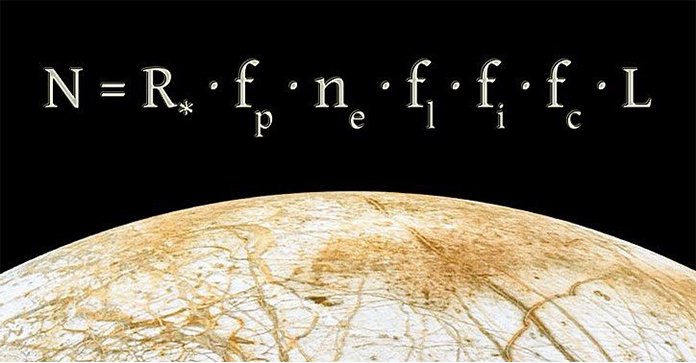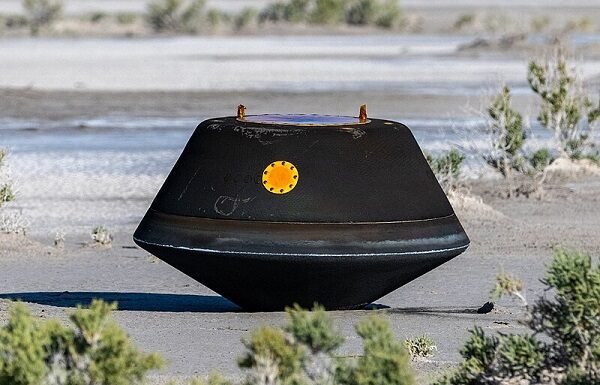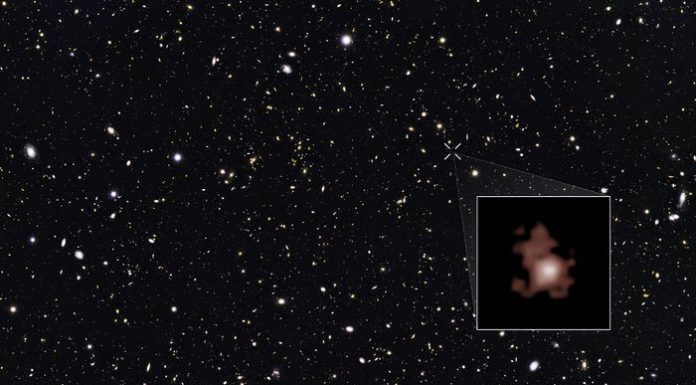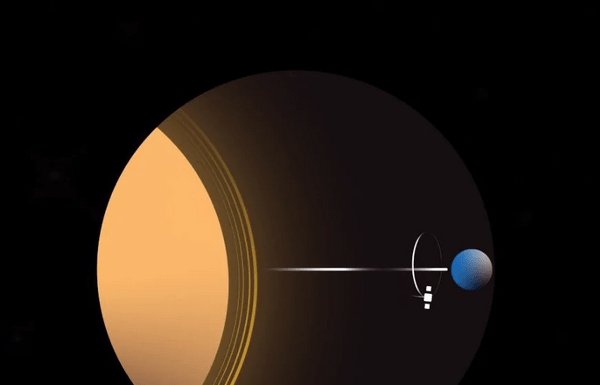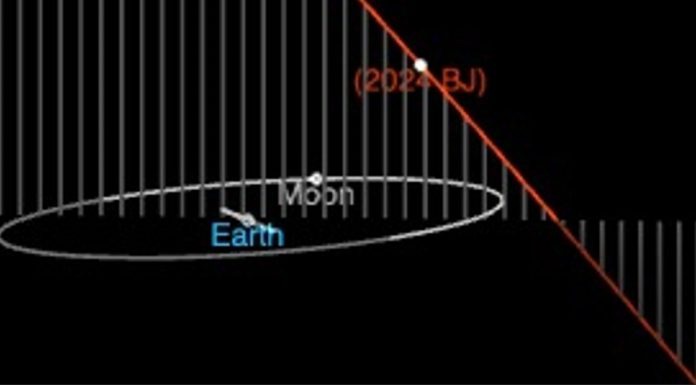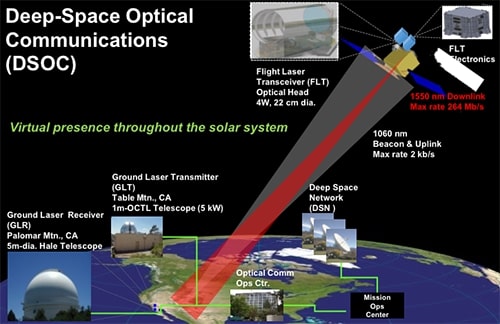Between 1958 and 1978, USA and former USSR sent 59 and 58 moon missions respectively. The lunar race between the two ceased in 1978. End of cold war and collapse of former Soviet Union and subsequent emergence of new...
The findings of the BioRock experiment indicate that bacterial supported mining can be carried out in the space. Following the success of BioRock study, the BioAsteroid experiment is currently underway now. In this study, bacteria and fungi are being grown on asteroidal material in an incubator under...
The first detection of carbon dioxide in the atmosphere of a planet outside the solar system, the first image of an exoplanet by JWST, the first image of an exoplanet ever taken at deep infrared wavelength, the first detection of...
Discovery of the first exoplanet candidate in X-ray binary M51-ULS-1 in the spiral galaxy Messier 51 (M51), also called the Whirlpool Galaxy using transit technique by observing dips in brightness at X-ray wavelengths (instead of optical wavelengths) is pathbreaking and a game changer because it...
NASA’s mission update on 05th August 2023 said Voyager 2 communications has paused. Communications should resume once the spacecraft’s antenna is realigned with Earth in mid-October 2023.
On 4th August 2023, NASA had reestablished full communications with Voyager 2...
Solar wind, the stream of electrically charged particles emanating from the outer atmospheric layer corona of Sun, poses threat to life form and electrical technology based modern human society. Earth’s magnetic field provide protection against the incoming solar wind...
NASA’s first asteroid sample return mission, OSIRIS-REx, launched seven years ago in 2016 to near-Earth asteroid Bennu has delivered the asteroid sample that it collected in 2020 to Earth on 24th September 2023. After releasing the asteroid sample into...
Half a century after iconic Apollo Missions which allowed twelve men to walk on the Moon between 1968 and 1972, NASA is set to embark on ambitious Artemis Moon Mission designed not only to create long term human presence on...
NASA’s ambitious mars mission Mars 2020 was successfully launched on 30 July 2020. Perseverance is the name of the rover.
The main task of Perseverance is to seek signs of ancient life and collect rock and soil samples for possible return to Earth.
Mars is cold, dry...
The Belgian satellite PROBA-V, developed by European Space Agency has completed 7 years in orbit providing daily data on the state of vegetation at the global scale.
The Belgian satellite PROBA-V, developed by ESA on the initiative of Belgium has...
Astronomers have detected the oldest (and the most distant) black hole from the early universe which dates from 400 million years after the big bang. Surprisingly, this is about a few million times the mass of Sun. Under the...
The solar observatory spacecraft, Aditya-L1 was successfully inserted in Halo-Orbit about 1.5 million km away from earth on 6th January 2024. It was launched on 2nd September 2023 by ISRO.
The Halo orbit is a periodic, three-dimensional orbit at Lagrangian point L1 involving Sun, Earth...
Launched on 30th July 2020, Perseverance rover has successfully landed on the Mars surface at Jezero Crater on 18th February 2021, after travelling almost seven months from Earth. Designed specially to collect sample of rocks, Perseverance is the biggest and the best rover ever...
In a study reported recently, astronomers observed the SN 1987A remnant using James Webb Space Telescope (JWST). The results showed emission lines of ionized argon and other heavily ionised chemical species from the centre of the nebula around SN...
James Webb Space Telescope (JWST) will specialise exclusively in infrared astronomy to study early universe. It will search for optical/infrared signals from the early stars and galaxies formed in the Universe soon after the Big Bang for a better...
Astronomers have recently reported detection of such a compact object of about 2.35 solar masses in the globular cluster NGC 1851 in our home galaxy Milkyway. Because this is at the lower end of “black hole mass-gap", this compact object...
NASA recently released the spectacular bright image of the firework galaxy NGC 6946 taken earlier by Hubble space telescope (1)
A galaxy is a system of stars, remnants of stars, interstellar gas, dust, and dark matter that are bound together...
James Webb Space Telescope (JWST), the space observatory designed to conduct infrared astronomy and launched successfully on 25 December 2021 will enable two research teams to study earliest galaxies in the universe. The research teams will use JWST’s powerful...
On 27 January 2024, an airplane-sized, near-Earth asteroid 2024 BJ will pass Earth at a closest distance of 354,000 Km.
It will come as close as 354,000 Km, about 92% the average lunar distance.
The closest encounter of 2024 BJ with the Earth...
Radio frequency based deep space communication faces constraints due to low bandwidth and increasing need of high data transmission rates. Laser or optical based system has potential to break the communication constraints. NASA has tested laser communications against extreme...
The formation of our home galaxy Milky Way began 12 billion years ago. Since then, it has undergone a sequence of mergers with other galaxies and grew in mass and size. The remnants of building blocks (i.e., galaxies that...
The lunar lander, ‘Peregrine Mission One,’ built by ‘Astrobotic Technology’ under NASA’s ‘Commercial Lunar Payload Services’ (CLPS) initiative was launched into space on 8 January 2024. The spacecraft has since suffered propellant leak. Hence, Peregrine 1 can no longer soft...
X-ray and radio observation of galaxy system Abell 2384 reveals collision of two galaxy clusters that travelled through each other forming a binodal system with a bridge of superhot gas between two cluster lobes and a bend in the...
In the last 500 million years, there have been at least five episodes of mass extinctions of life-forms on the Earth when more than three-quarters of the existing species got eliminated. The last such large-scale life extinction occurred due...
ISRO has successfully launched the satellite XPoSat which is world’s second ‘X-ray Polarimetry Space Observatory’. This will carry out research in space-based polarisation measurements of X-ray emission from various cosmic sources. Earlier, NASA had sent ‘Imaging X-ray Polarimetry Explorer...

































